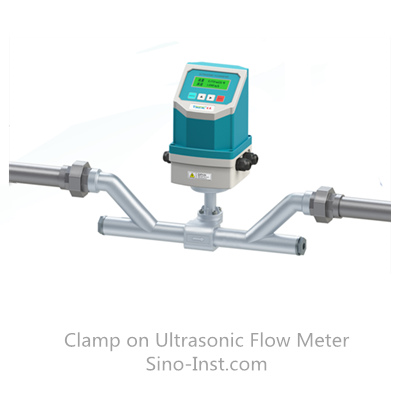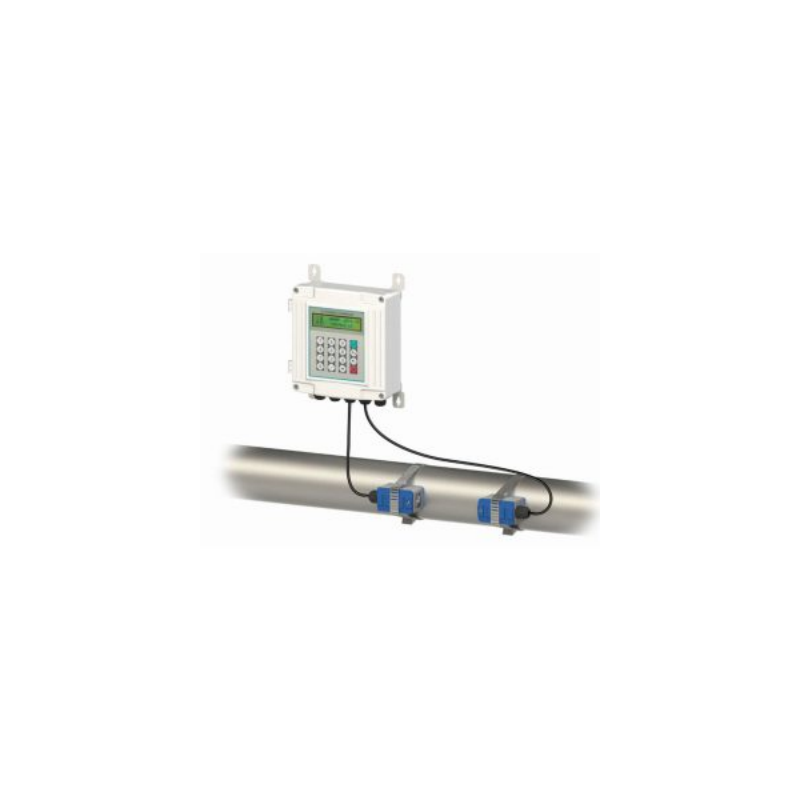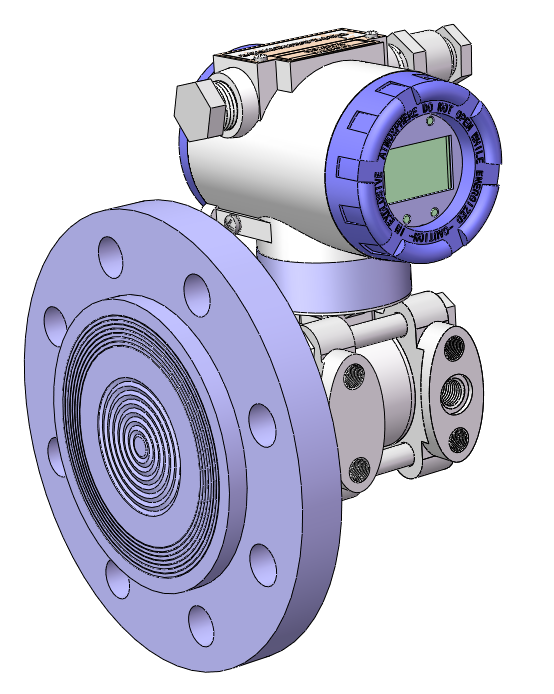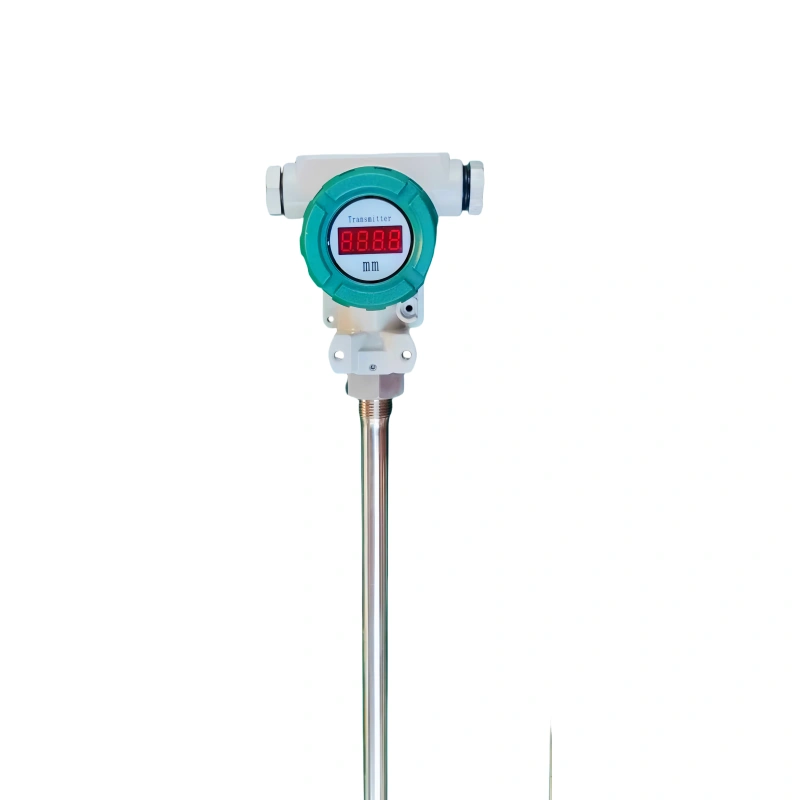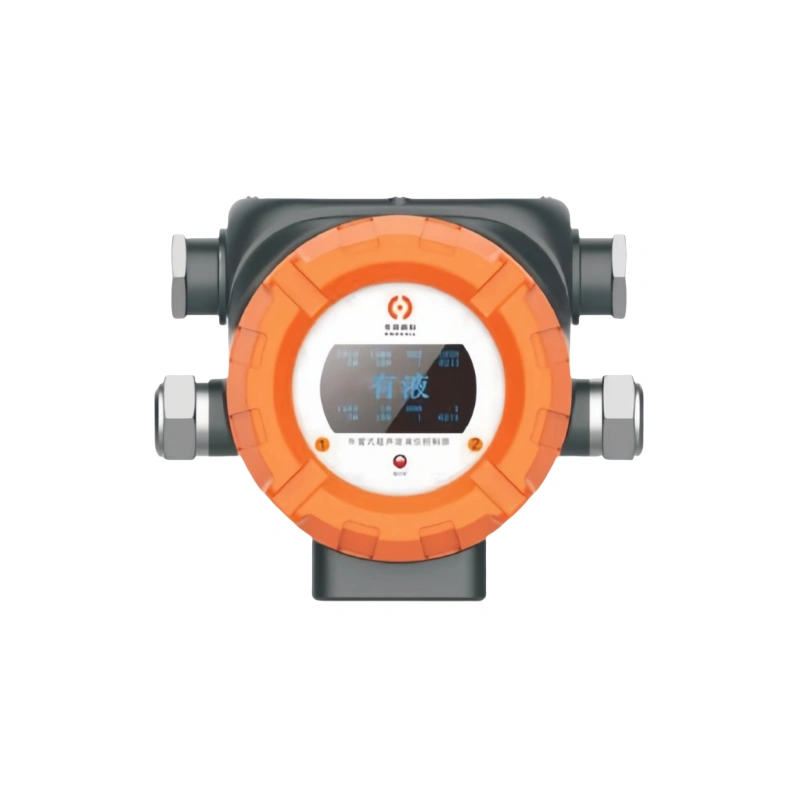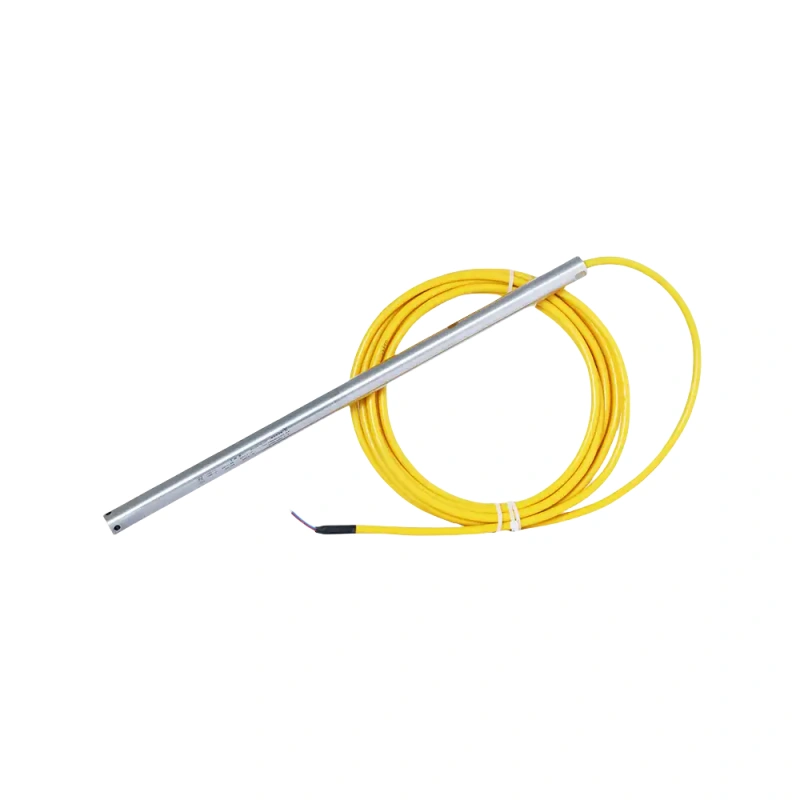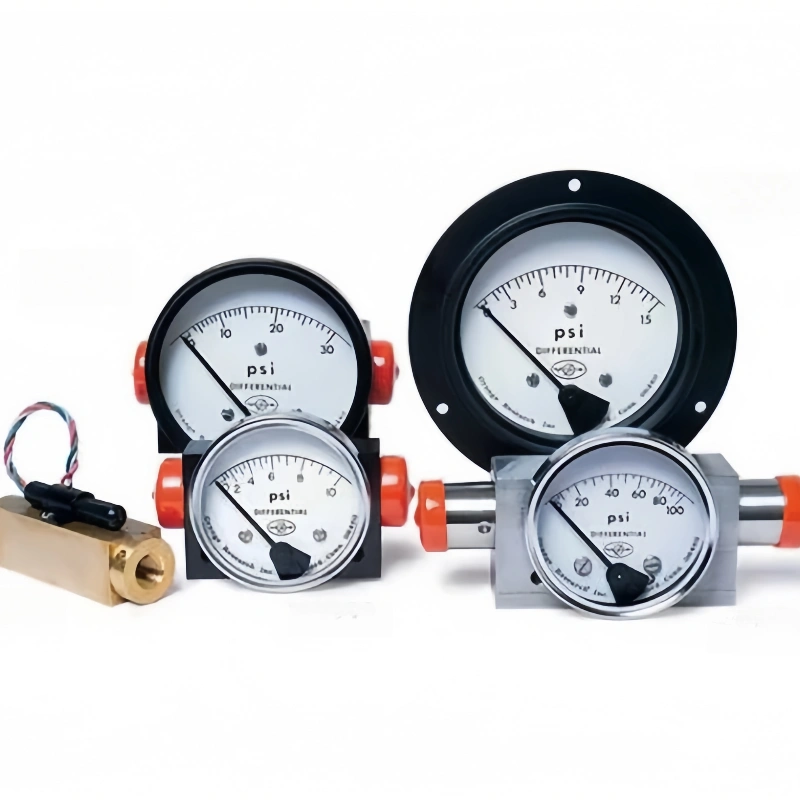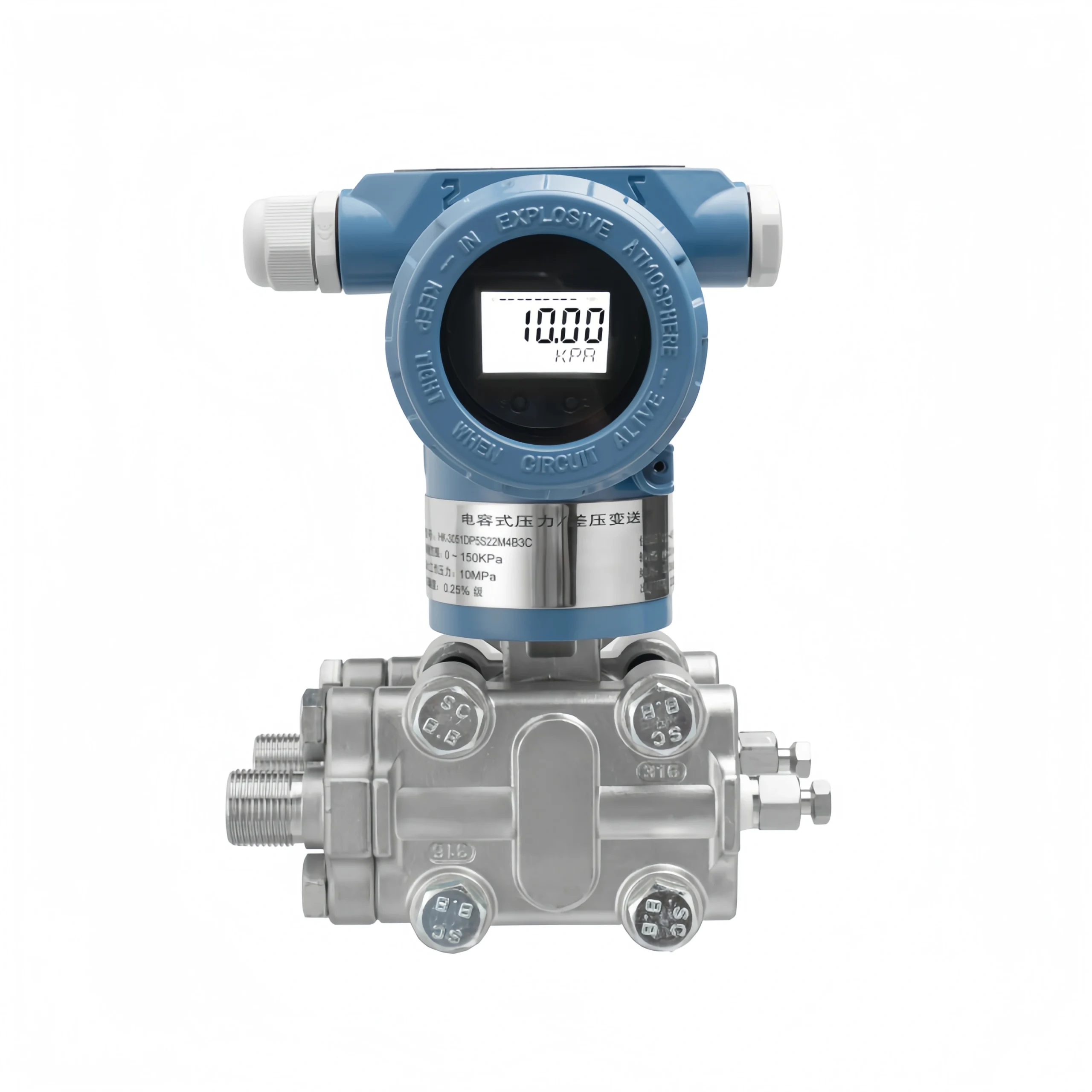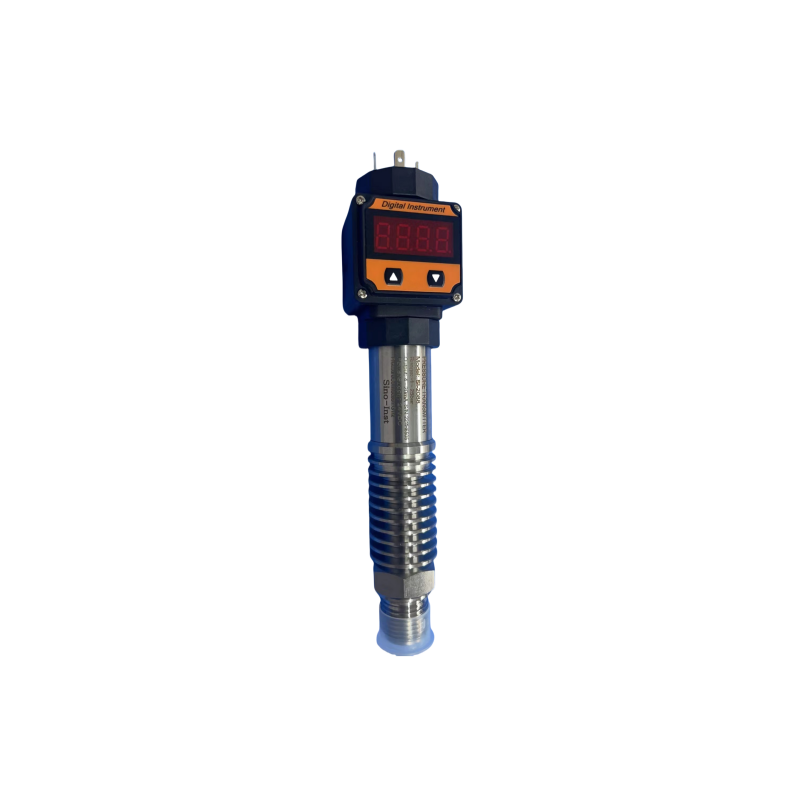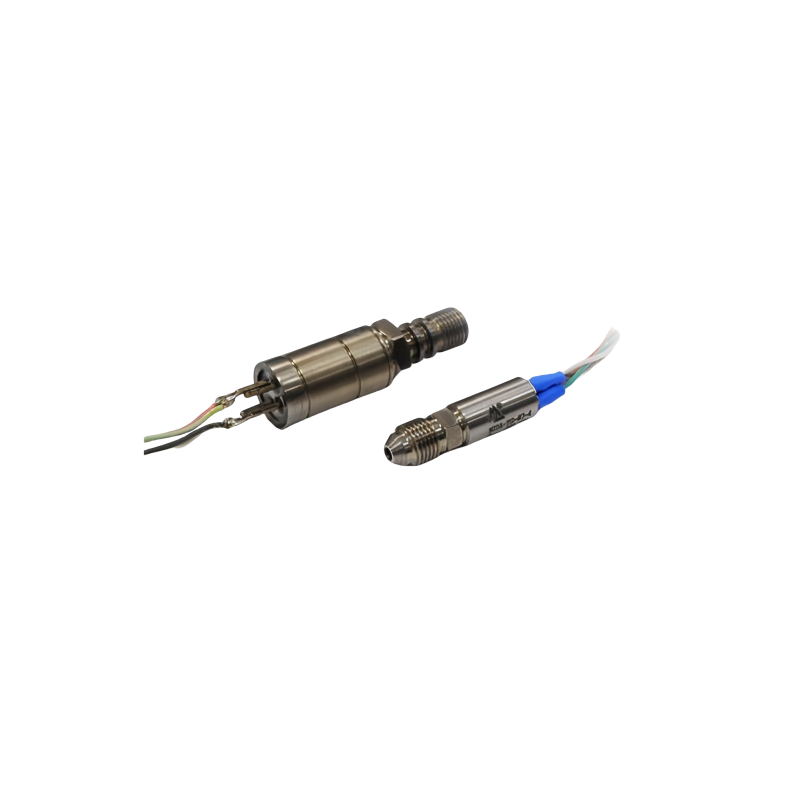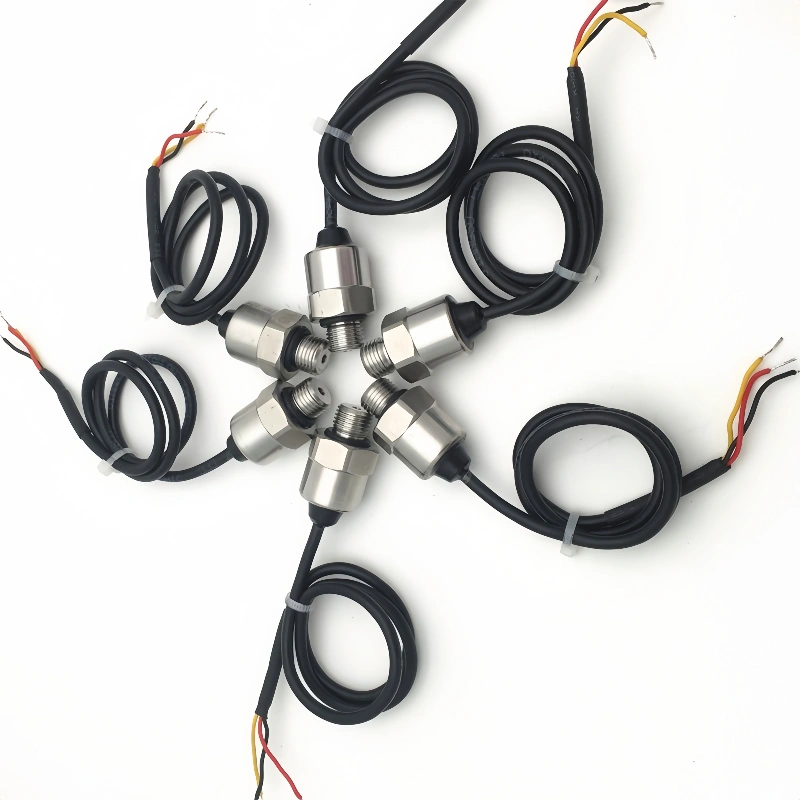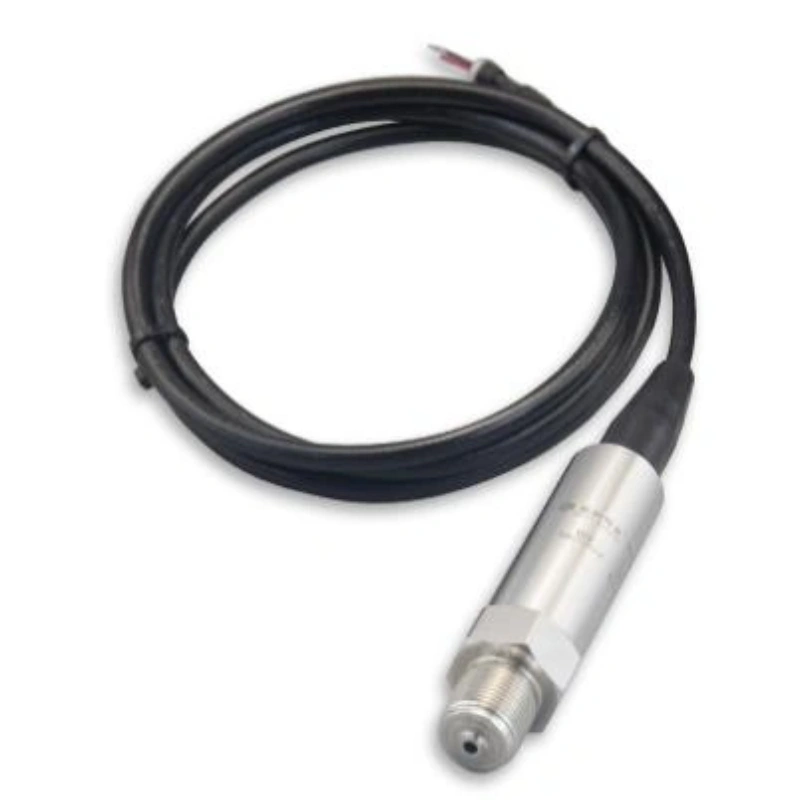Pressure Transmitter Installation can greatly affect the accuracy of pressure measurements. Pressure transmitter is an instrument used to measure the pressure of various media. Convert pressure signal to 4-20mA, 0-5V, 0-10V and other signals. Can be installed on pipes and tanks. It can also be installed remotely through the isolation diaphragm. The accuracy of pressure measurement depends to a large extent on the correct installation of the transmitter, measuring tube and pressure sensing components.
First consideration: Measuring medium
First select the installation location according to the measurement medium. The conditions of the measuring medium have a primary influence on the selection of the installation location of the pressure transmitter. Pressure transmitters are commonly used to measure the pressure of liquids, gases or steam. Next let’s take a look at their differences.
pressure transmitter installation for Liquid service
When measuring fluid in a pipe, the pressure sensor should be installed below the process so that any air bubbles can escape and return to the process.
In addition, it must be ensured that the process media is sufficiently cooled at high temperatures. In this case, the bypass line will also be considered the cooling section.
pressure transmitter installation for Gas service
For gas measurement on pipelines, the pressure transmitter should be installed above the process whenever possible.
This way, any condensation that may accumulate can flow back into the process without affecting the measurements.
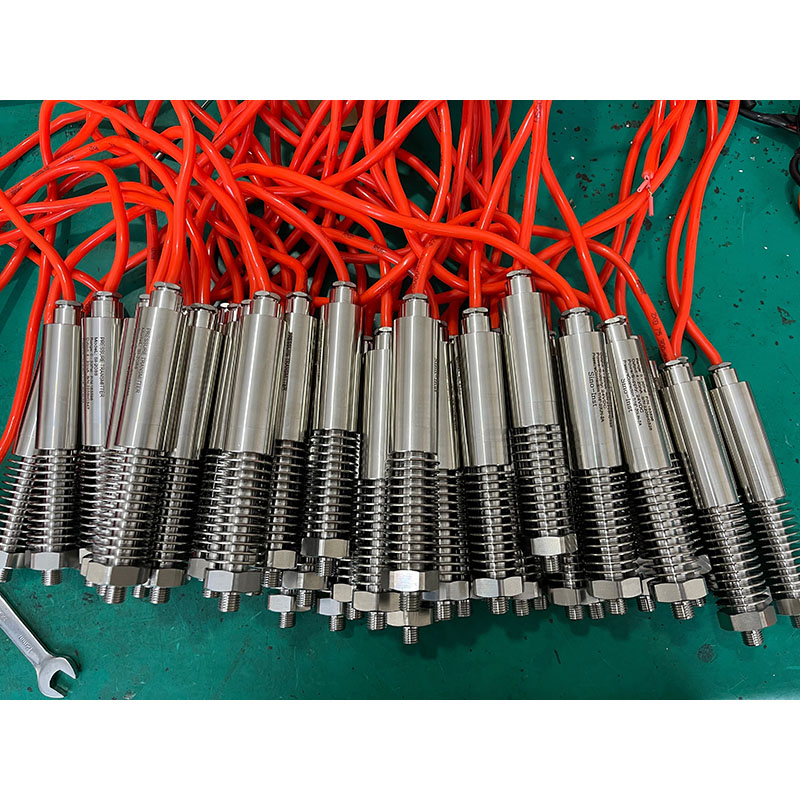
pressure transmitter installation for Steam service
Steam measurement is slightly more complicated due to high temperatures and the formation of condensation. These two aspects are complementary to each other.
If the steam cools on its way to the pressure transmitter, condensation will form. If condensation accumulates in the measuring instrument, it will affect the measurement results.
When measuring steam, care must be taken to ensure that the medium temperature is appropriately lowered and that the generated condensed water does not enter the pressure transmitter.
Therefore, the height at which condensation water can be collected must be determined in advance. This is then taken into account in the measurement range design.
In absolute and relative pressure measurements, the bypass line is bent into an “S” shape for this purpose. It extends steeply up from the steam delivery line and then down again. The condensate will be collected in the first elbow and flow back into the process.
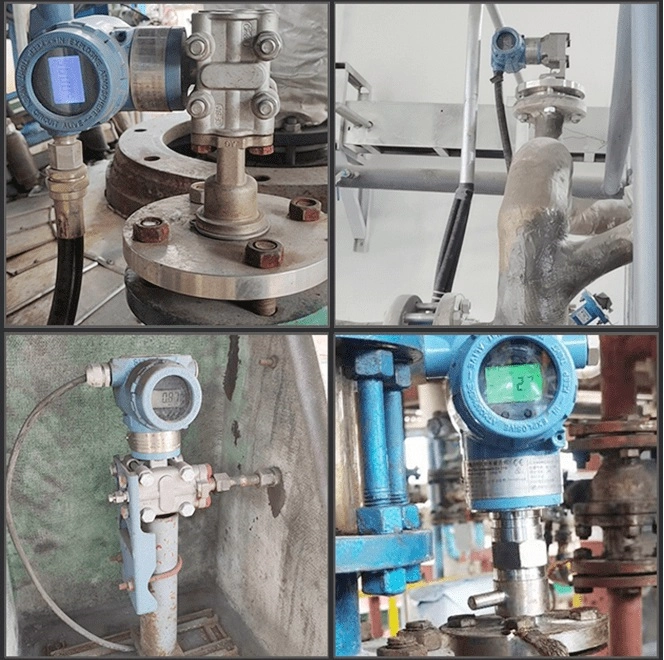
Choose the Appropriate Pressure Port and Installation Location
When selecting the pressure tap and installation location of a pressure transmitter, several factors need to be considered to ensure measurement accuracy and reliability. In addition to the properties of the measurement medium we mentioned above. There are some other factors to consider:
1. Measuring medium: Select the appropriate pressure port and installation location according to the medium (gas, liquid or steam) that needs to be measured. As mentioned above.
2. Flow stability: Choose to install the pressure port and pressure transmitter in the pipe section where the process medium flow is stable. to reduce measurement errors.
3. Temperature and pressure conditions: Consider the effects of temperature and pressure on the measurement results. If the temperature and pressure changes greatly. A pressure transmitter with temperature and pressure compensation should be selected. And choose an appropriate installation location to reduce the impact of temperature and pressure gradients on the measurement.
4. Pipe material and inner wall roughness: Consider the impact of pipe material and inner wall roughness on the measurement results. When selecting the pressure port and installation location, the influence of the inner wall roughness of the pipeline on the measurement results should be minimized.
5. Installation location: Select the appropriate installation location according to actual needs to ensure that the transmitter can accurately measure the required parameters. In some cases, it may be necessary to install the transmitter in an inaccessible location. At this time, the convenience of installation and maintenance should be considered.
6. Shockproof and shockproof: In some industrial environments, vibrations and shocks may occur. This may affect the measurement results of the pressure transmitter. Therefore, when selecting the installation location, the impact of vibration and impact on the measurement results should be minimized.
7. Dust-proof and waterproof: Choose the appropriate pressure port and installation location according to the working environment to prevent dust and water from entering the transmitter.
Pressure Transmitter Installation on Pipe
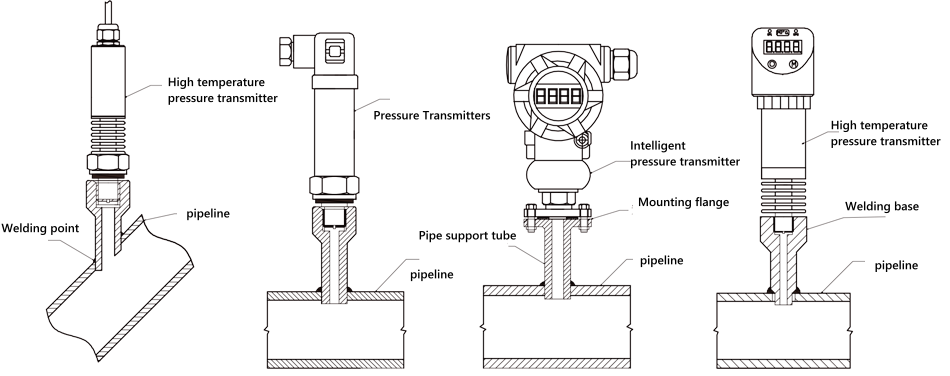
Pressure transmitters are often used to measure the pressure of pipeline media. Universal pressure transmitter, which can be installed directly on the measurement interface or on the support pipe through a mounting bracket. Regardless of the installation method, the zero point and full scale of the transmitter are not affected.
Installation options include: threaded installation, welding installation, flange installation, clamp installation, etc.
It is recommended that users use industrial shielded cables as leads, and the transmitter housing can be grounded or ungrounded. The load resistance, transmission line length and resistivity should meet the requirements of the load characteristics of the transmitter. Cables cannot share conduits or wiring ducts with other strong electrical signals. It should also be avoided to pass through the accessories of other high-power equipment, and the shielded wire of the transmitter should be reliably grounded.
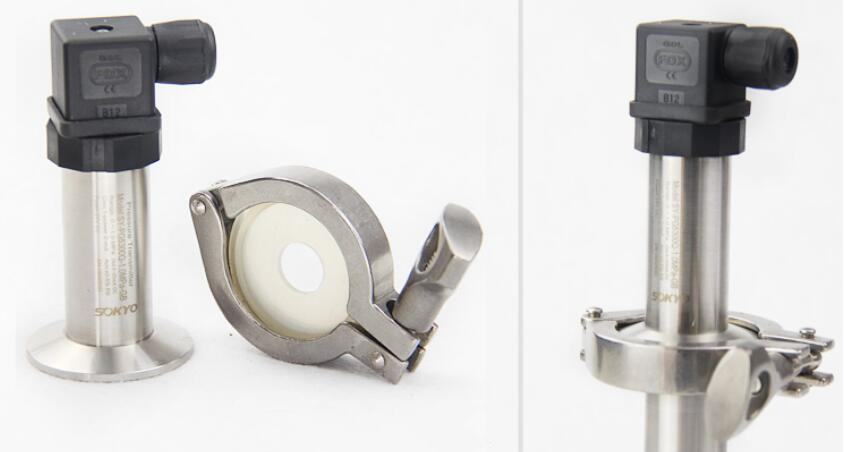
To sum up, many factors need to be considered when installing a pressure transmitter. The primary factor is the nature of the medium being measured. Then consider the flow stability, temperature and pressure conditions, pipe material and inner wall roughness, installation location, shock and impact resistance, dust and water resistance, etc.
The pressure transmitter may need to be installed on the tank or on the pipe. In actual applications, comprehensive considerations should be made based on specific conditions to select the most appropriate pressure port and installation location.
Sino-Inst supplies a full range of industrial pressure transmitters. Including measuring gas, liquid, steam, viscous media, etc. We support customization of installation dimensions, pressure range, temperature range, wetted materials, etc. If you need to purchase a pressure transmitter, or have any questions about pressure transmitter installation. Please contact our engineers!


